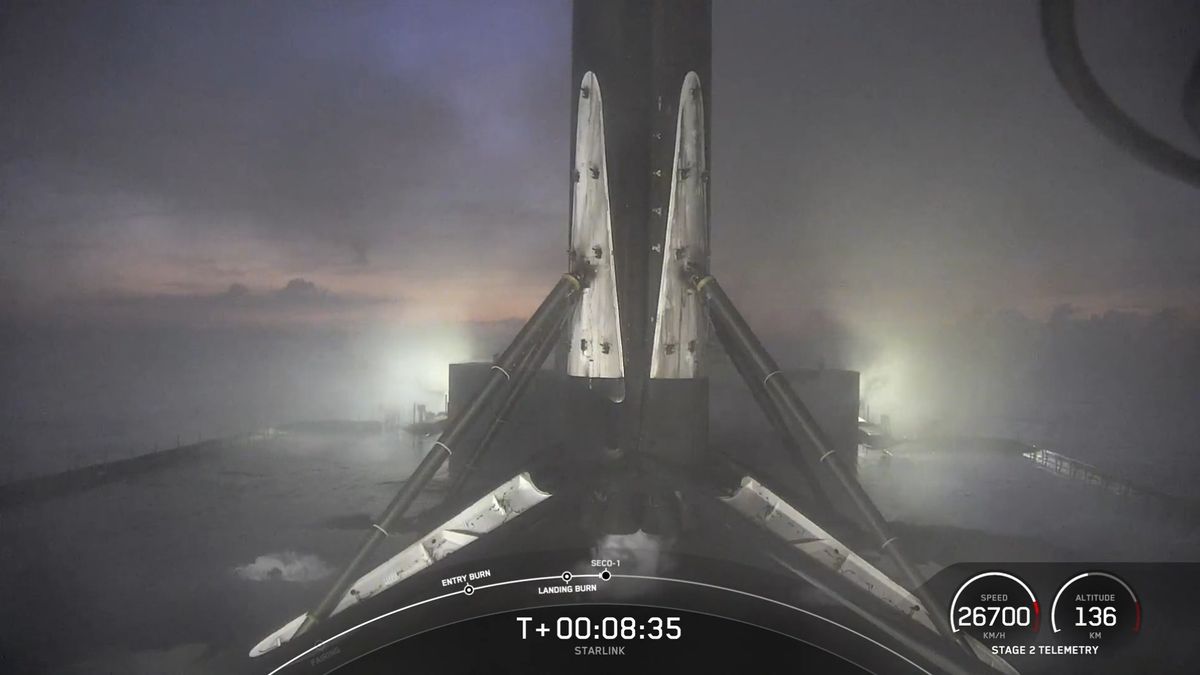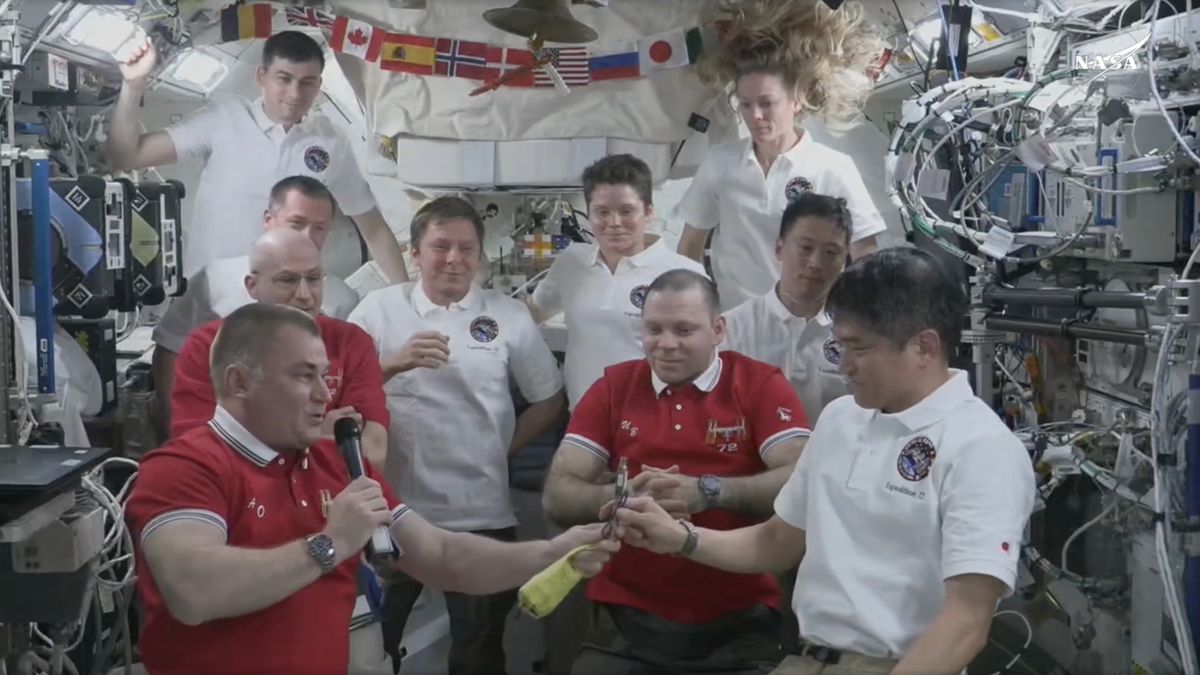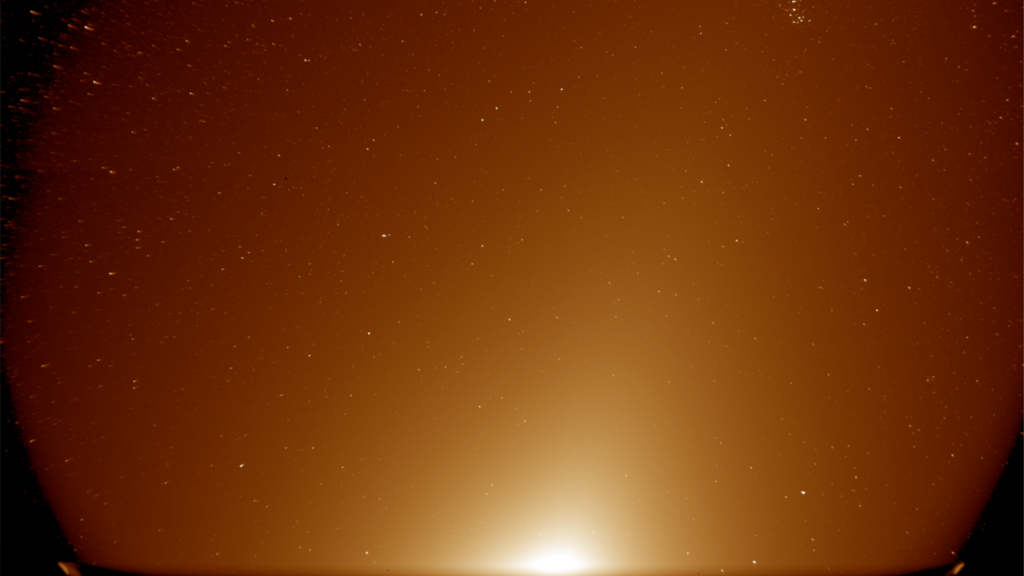Spectacular new images from NASA's James Webb Space Telescope gave astronomers a detailed, never-before-seen look at a dying star.
The star is actually one of two at the heart of NGC 1514, a nebula in the Taurus constellation about 1,500 light-years from Earth, NASA said in a news release. It is a white dwarf star that was once "several times more massive" than the Earth's sun. It has been in the process of dying for over 4,000 years, and "will continue to change over many more millennia," the space agency said.
The stars are surrounded by diffraction spikes, which are the starburst-like radiating lines that appear around bright objects on telescope images. The stars follow a nine-year orbit and are surrounded by dust. The dust appears orange in the images.
The slow decay of the star created much of the solar material visible in the new images.
NASA's James Webb Space Telescope has taken the most detailed image of planetary nebula NGC 1514 to date. / Credit: NASA, ESA, CSA, STScI, Michael Ressler (NASA-JPL), Dave Jones (IAC)
"As it evolved, it puffed up, throwing off layers of gas and dust in a very slow, dense stellar wind," said David Jones, a senior scientist at the Institute of Astrophysics on the Canary Islands, in the news release. It was Jones who determined that there were actually two stars at the center of the display.
With the Webb Telescope's mid-infrared instrument, or MIRI, researchers were able to capture images of the star ejecting gas and dust in complete focus. They were also able to capture images of rings around the stars, which can only be seen with infrared light. The rings, imaged as fuzzy clumps in tangled patterns, couldn't be seen on camera until now, said Mike Ressler, a researcher and MIRI project scientist at NASA's Jet Propulsion Laboratory who discovered the rings in 2010.
"Before Webb, we weren't able to detect most of this material, let alone observe it so clearly," said Ressler in the news release. "With MIRI's data, we can now comprehensively examine the turbulent nature of this nebula."
Ressler said he and other researchers believe the rings are "primarily made up of very small dust grains" that are heated by ultraviolet light from the dying white dwarf star. That heat would cause the grains to be just warm enough to be detected by the MIRI, Ressler said.
An observation of NGC 1514 from NASA's Wide-field Infrared Survey Explorer (left), compared to the MIRI image (right). / Credit: NASA, ESA, CSA, STScI, NASA-JPL, Caltech, UCLA, Michael Ressler (NASA-JPL), Dave Jones (IAC)
The nebula appears to be tilted at a 60-degree angle, but NASA said it's more likely it "takes the shape of an hourglass with the ends lopped off." This is indicated by the shallow V-shapes created by some of the dust, NASA said.
The telescope images also showed oxygen, which is visible as pink clumps at the edges of bubbles or holes. The MIRI also captured a bright blue star to the lower left. This small star is much closer to Earth than the stars at the heart of NGC 1514, and is not part of the nebula.
There are also some notable things missing from the scene, NASA said. Carbon and its complex cousin, polycyclic aromatic hydrocarbons, are common in nebulas like this, but neither were detected inside NGC 1514. This may be because the complex molecules could not form because of the stars' orbit. The lack of these materials is part of why the light from both stars reaches further, allowing the rings to be visible.
Savannah Bananas pack stadiums with their zany twist on baseball | 60 Minutes
Watch: Blue Origin's first all-women flight crew launches to space
Suspect accused of setting fire to Pennsylvania Gov. Shapiro's residence denied bail
.png)
 German (DE)
German (DE)  English (US)
English (US)  Spanish (ES)
Spanish (ES)  French (FR)
French (FR)  Hindi (IN)
Hindi (IN)  Italian (IT)
Italian (IT)  Russian (RU)
Russian (RU) 










Comments